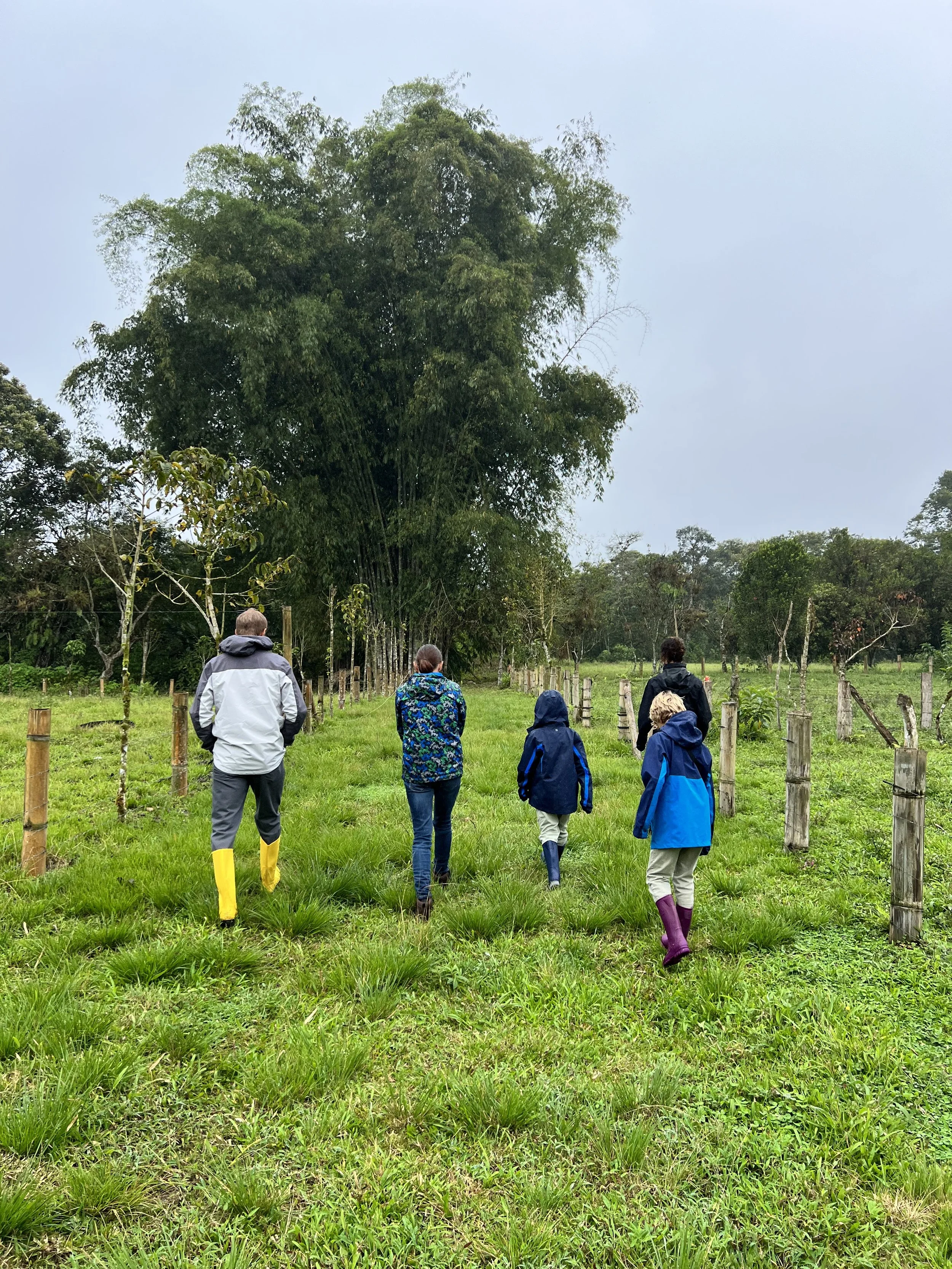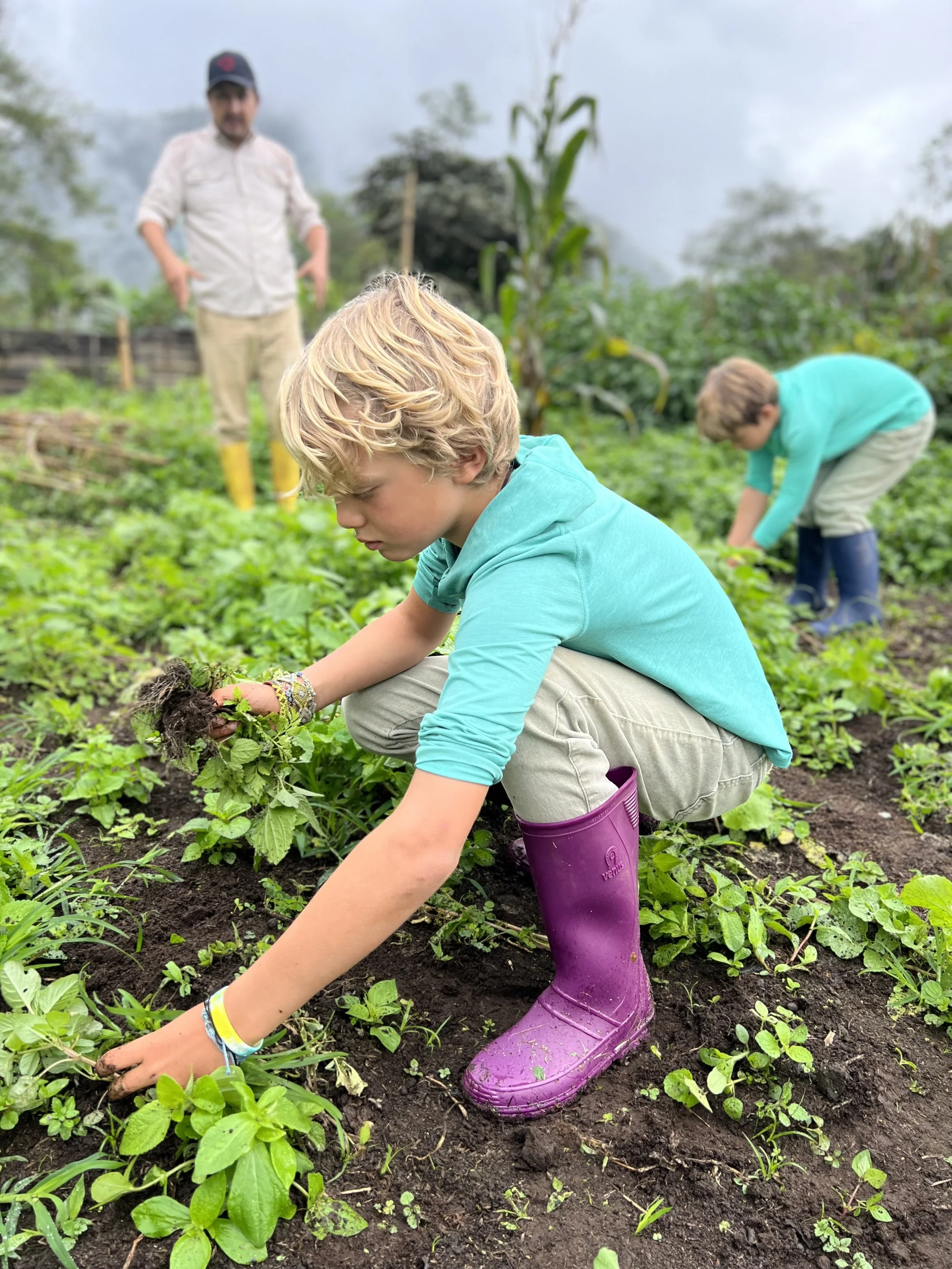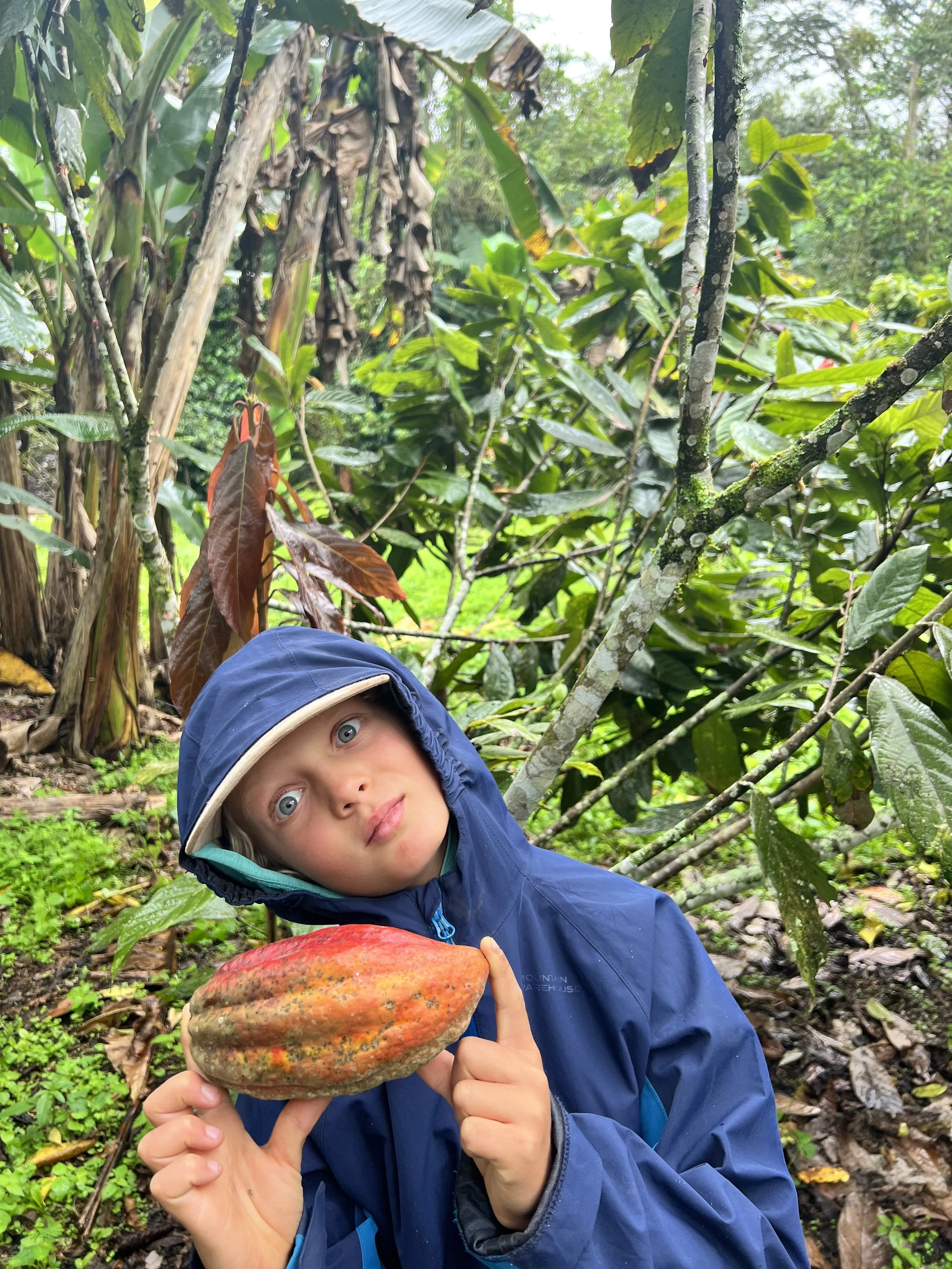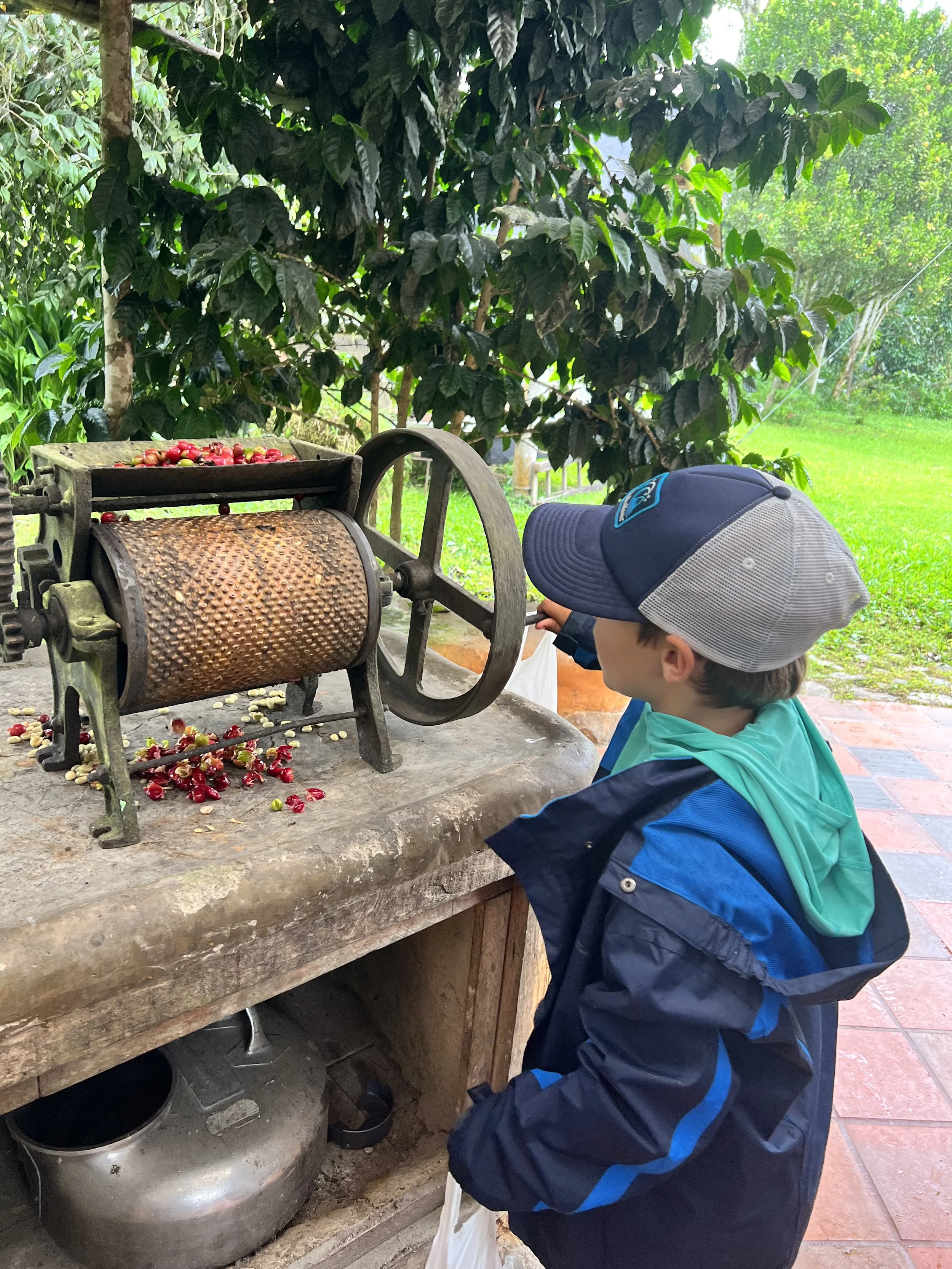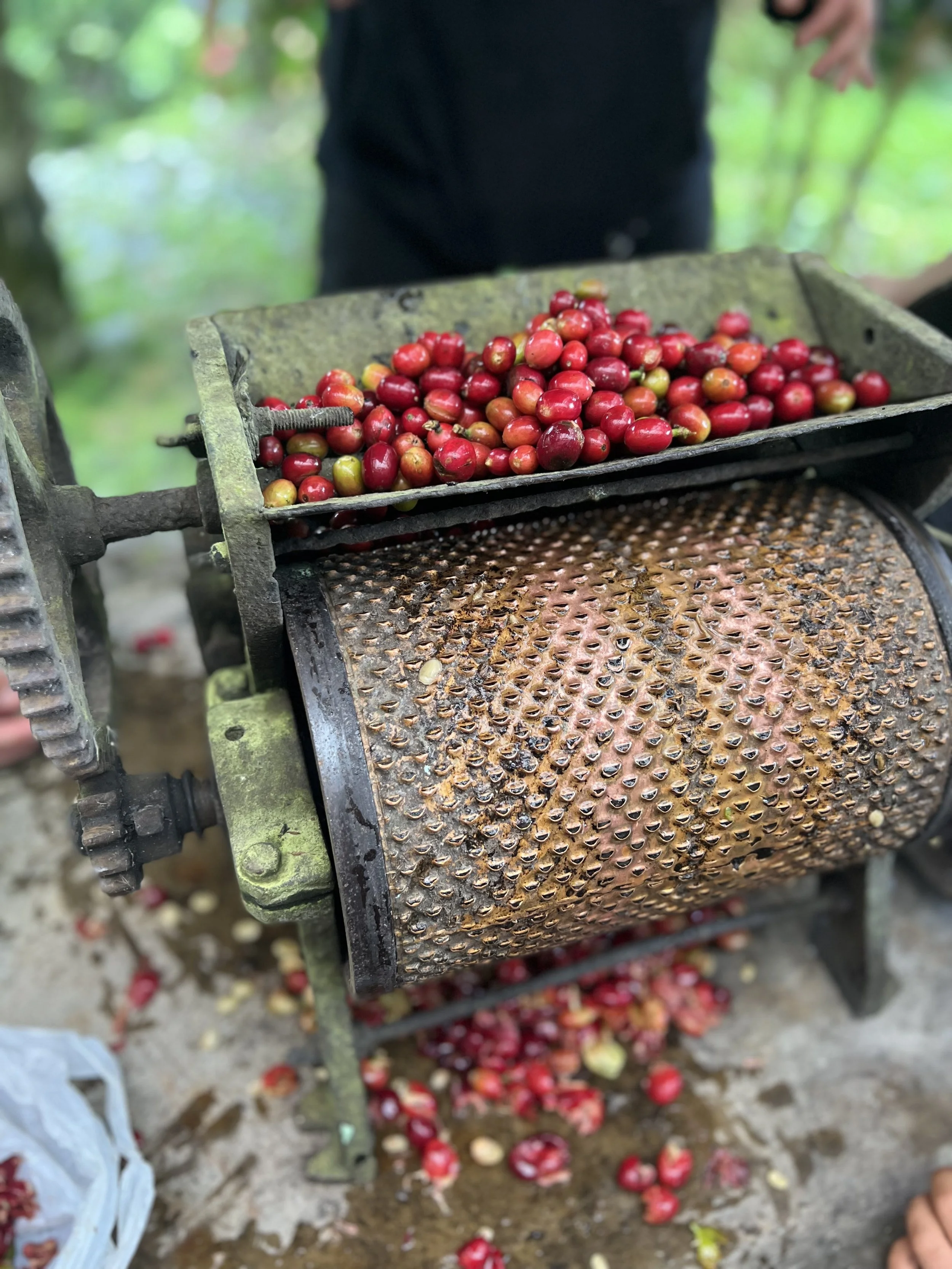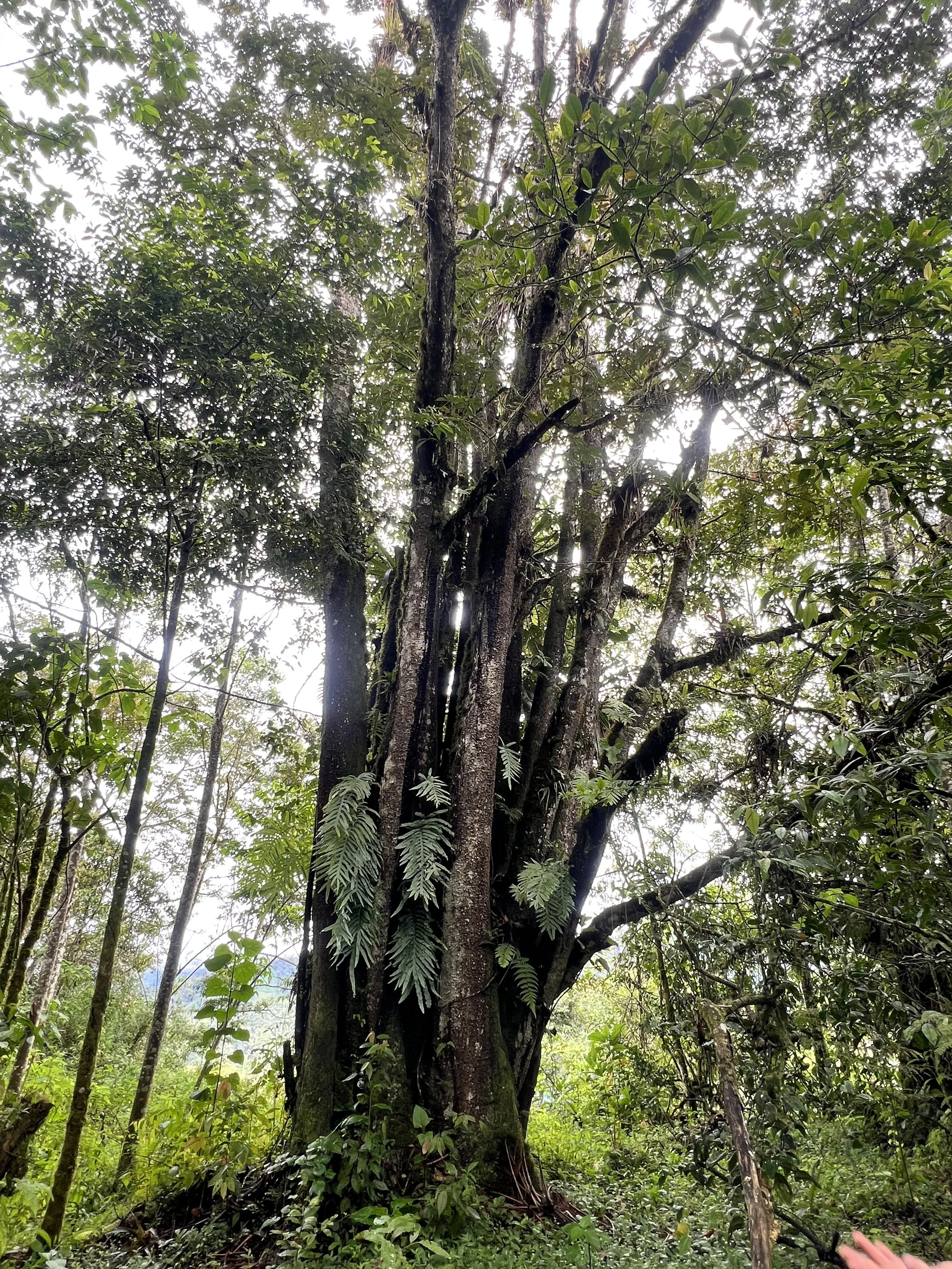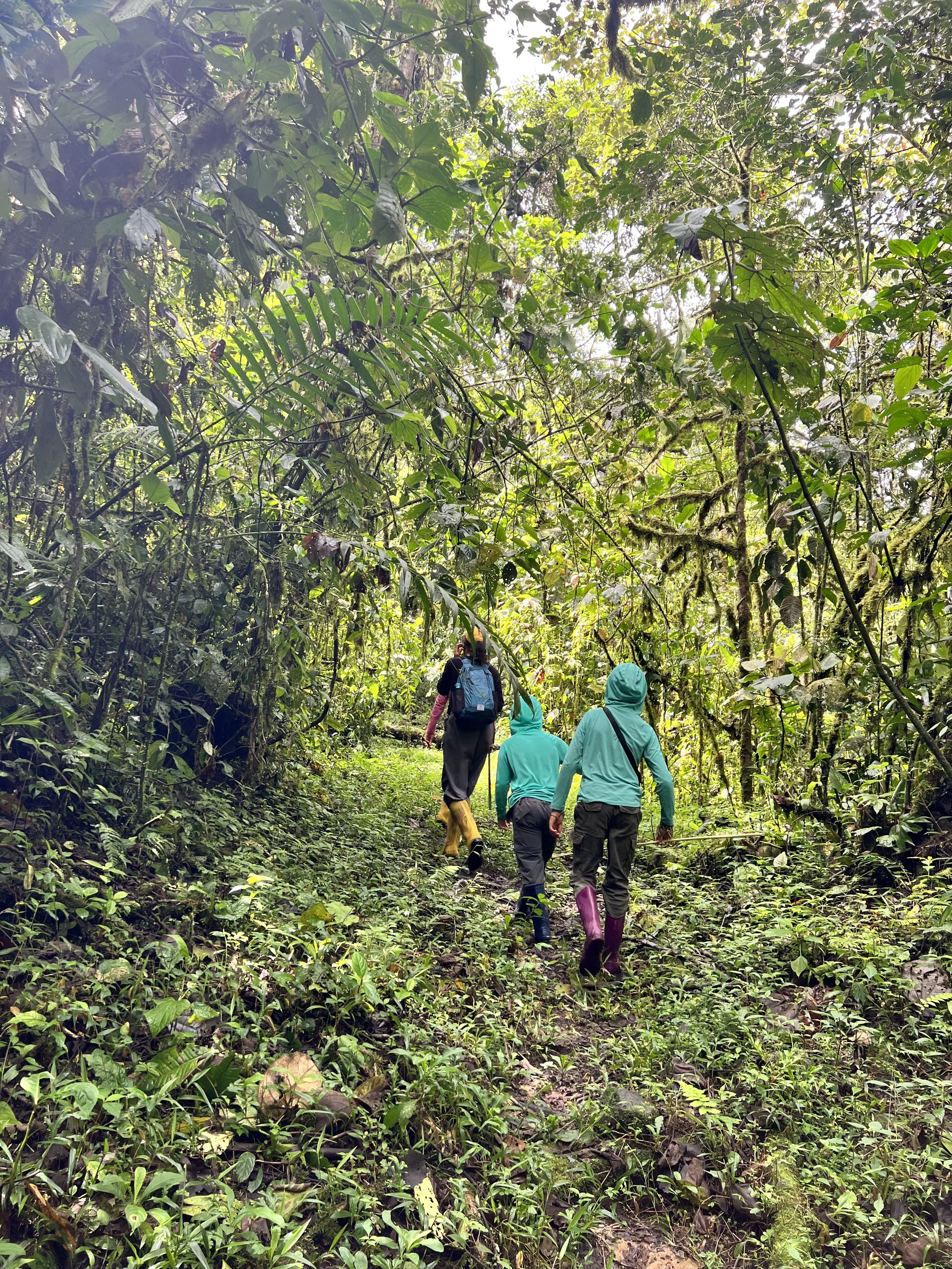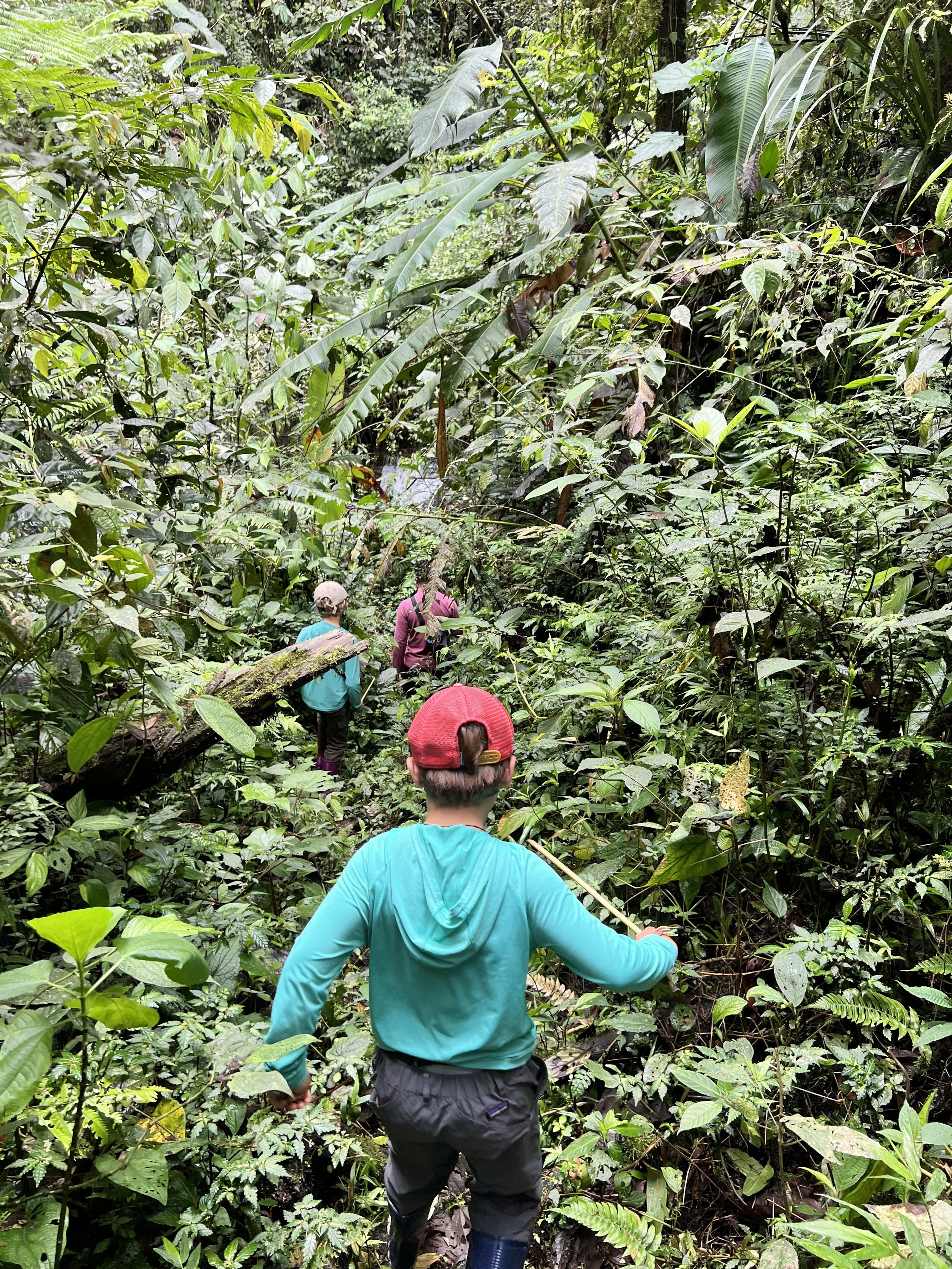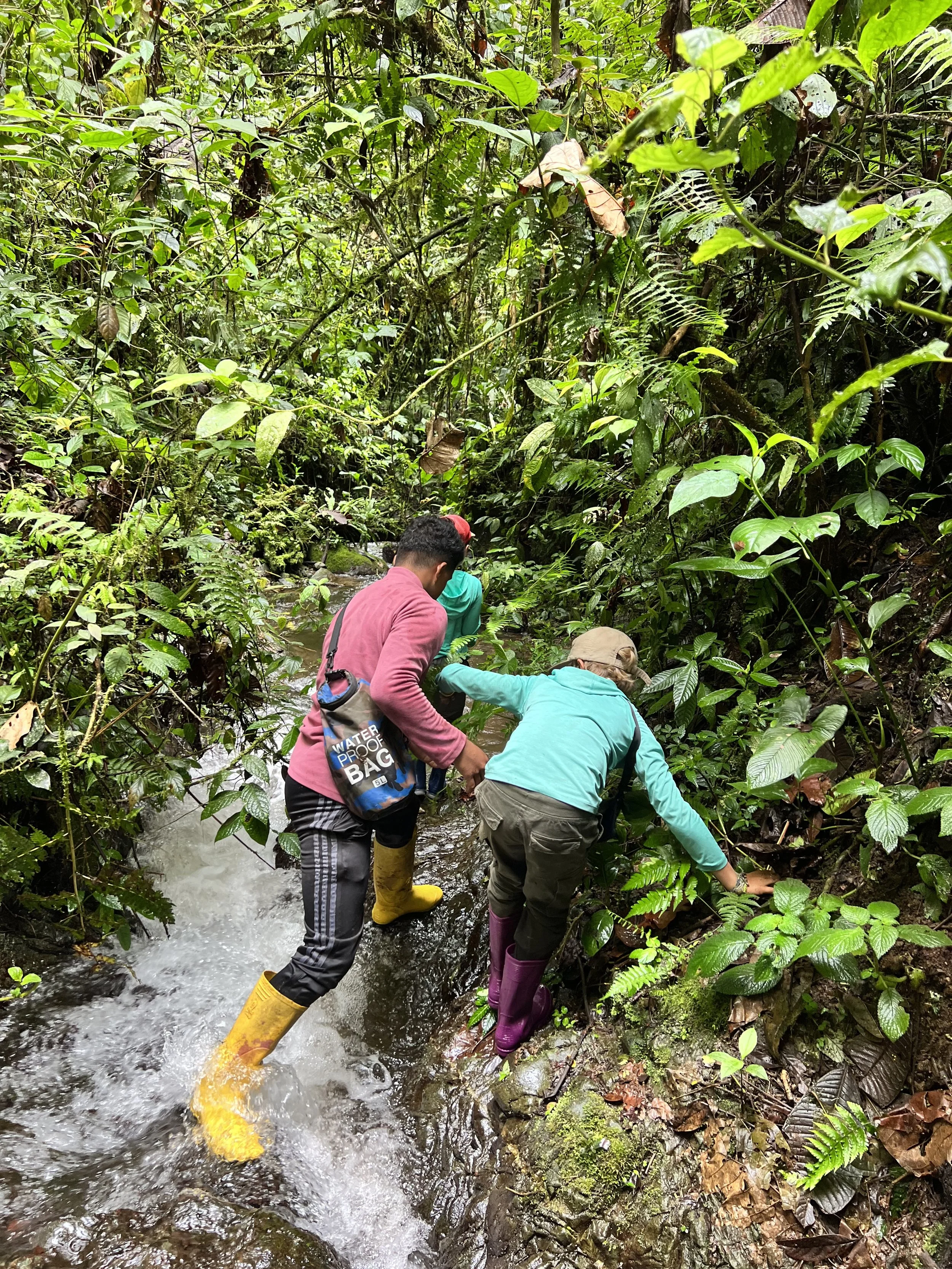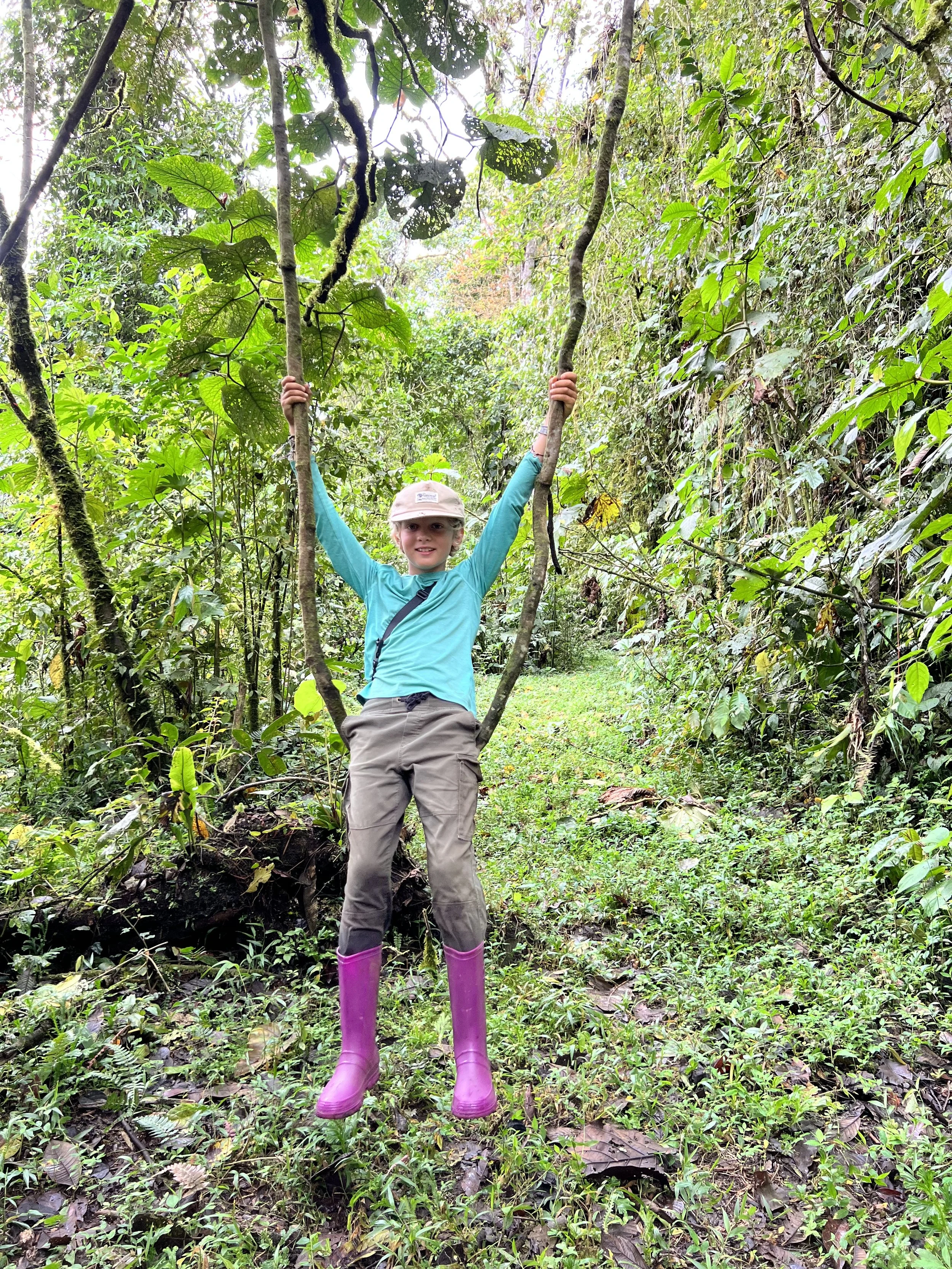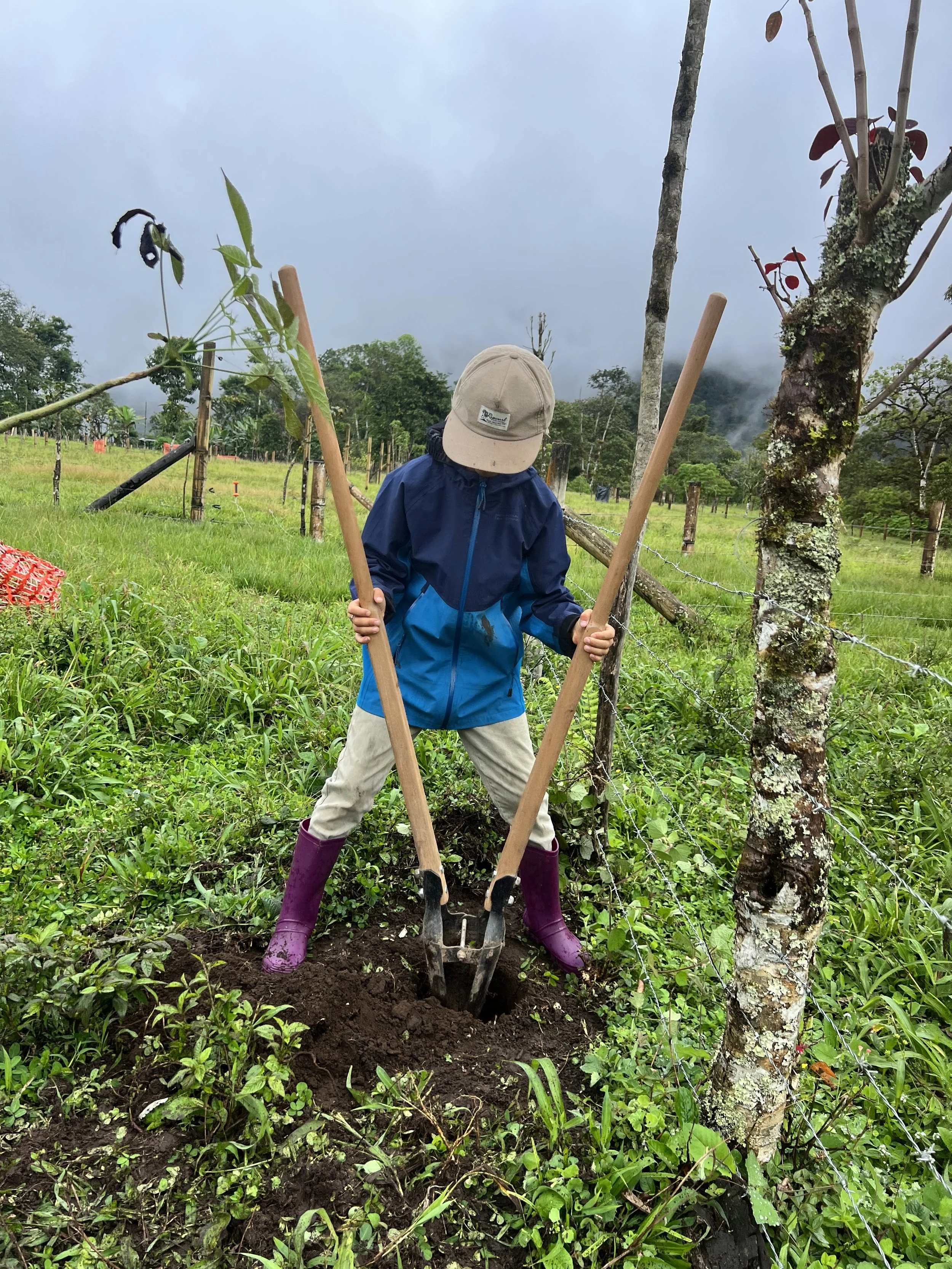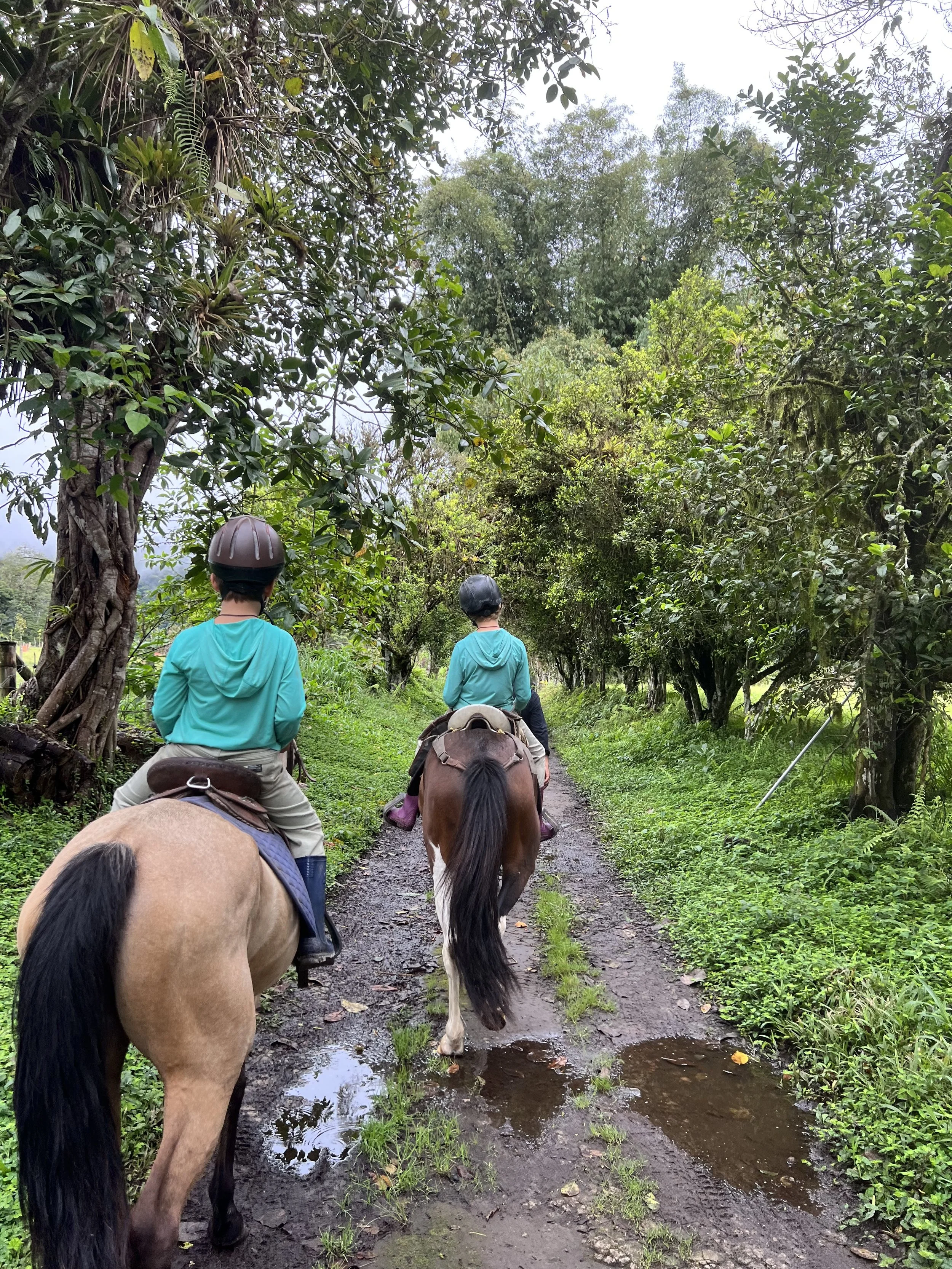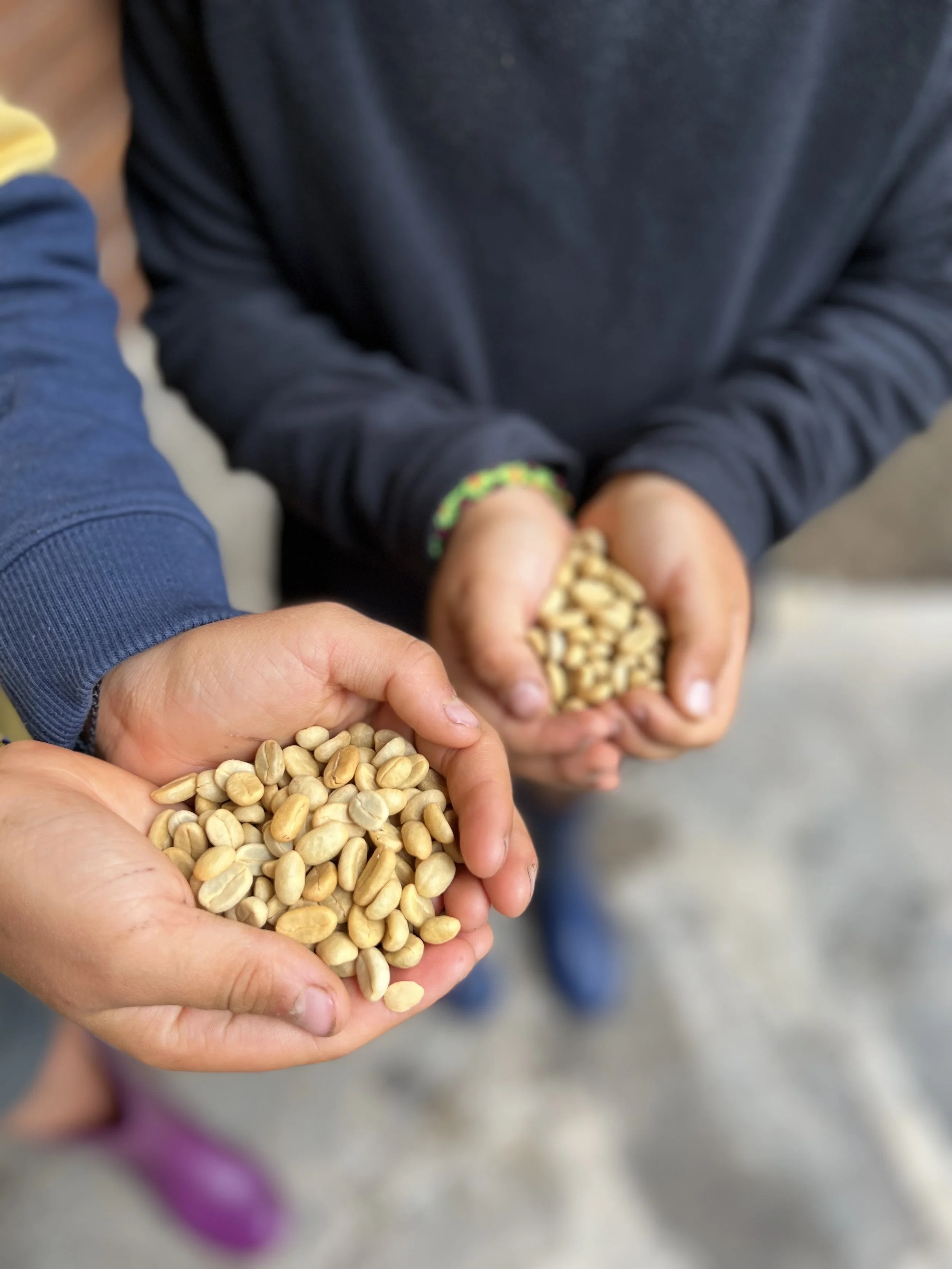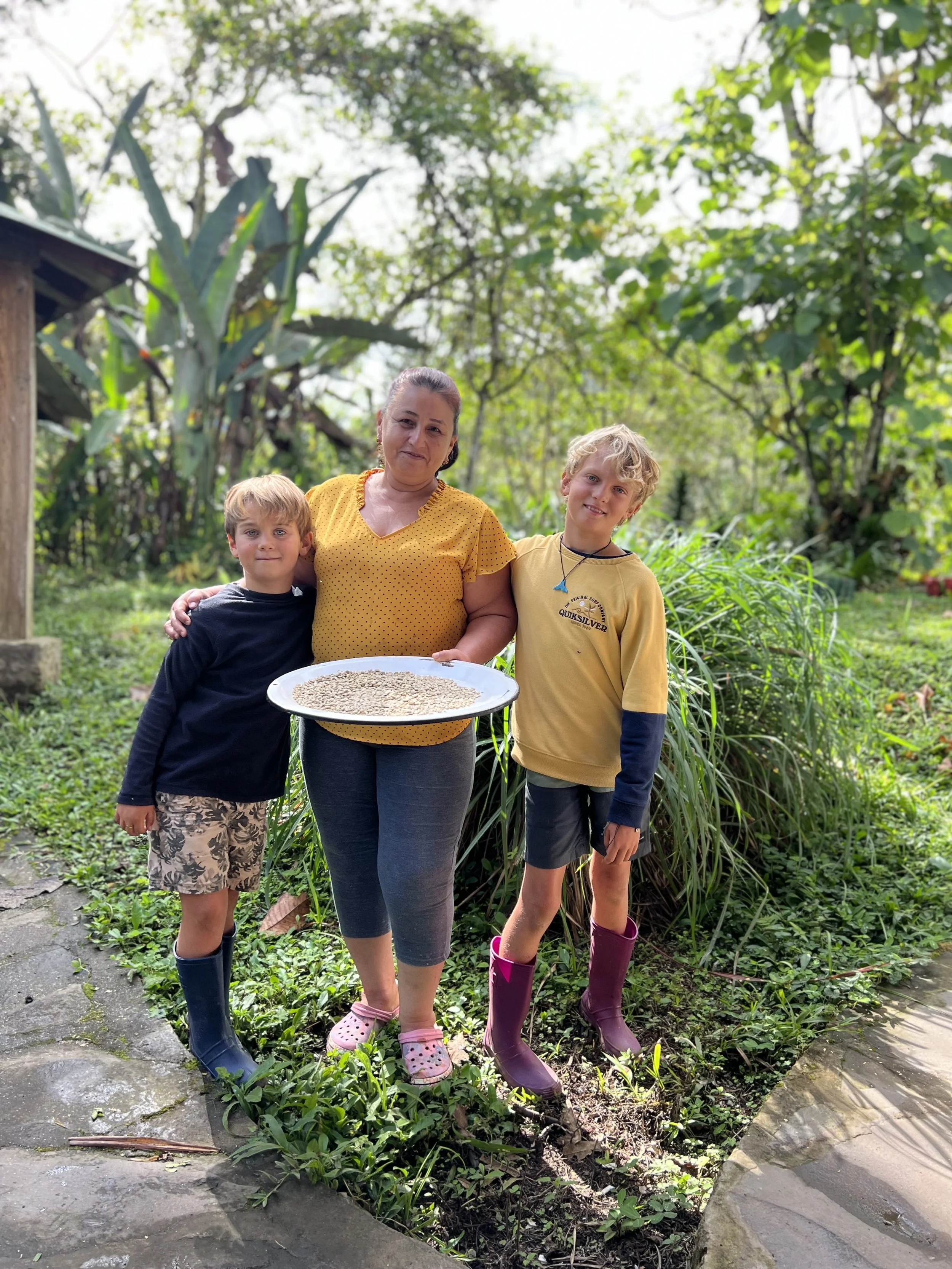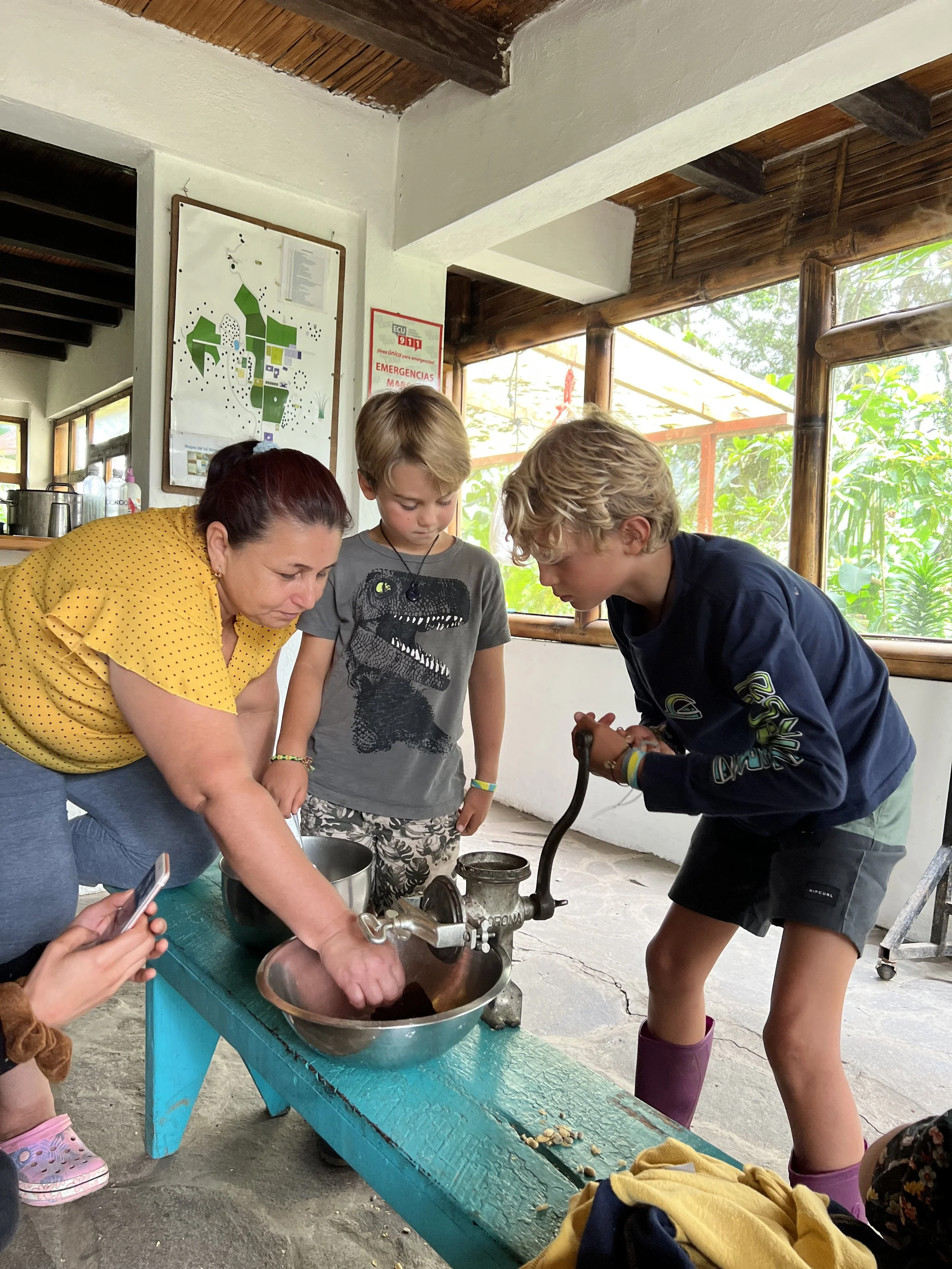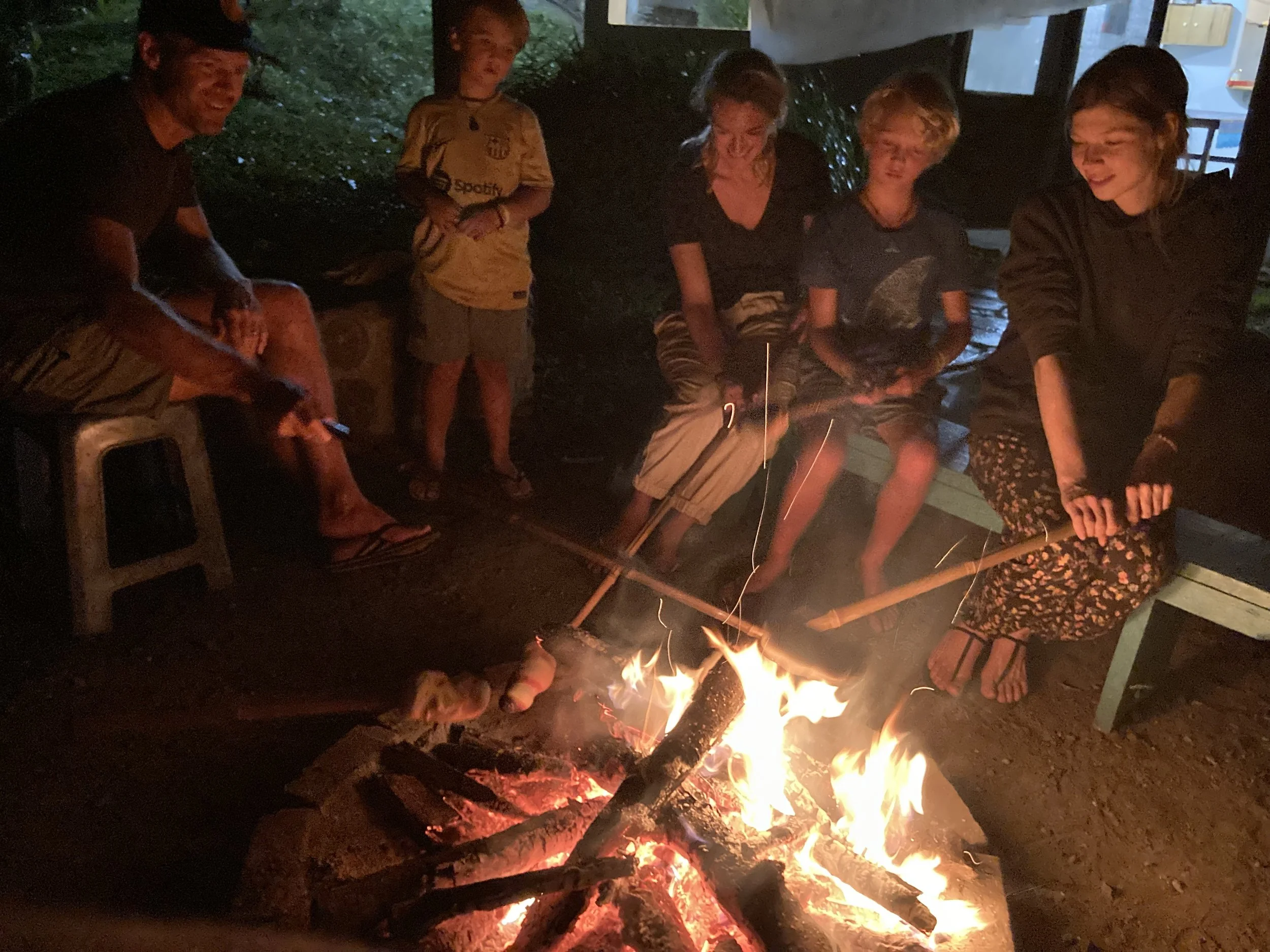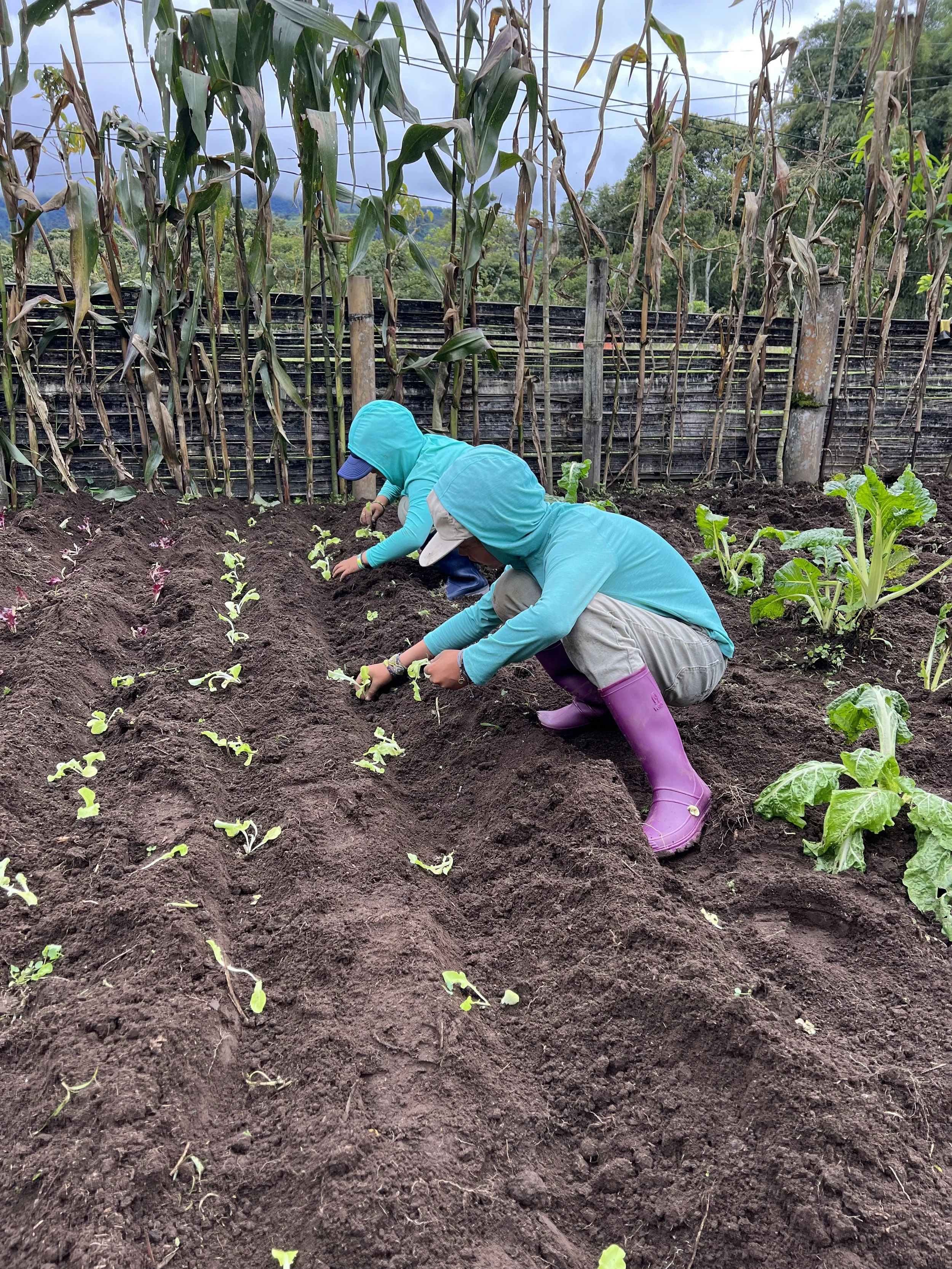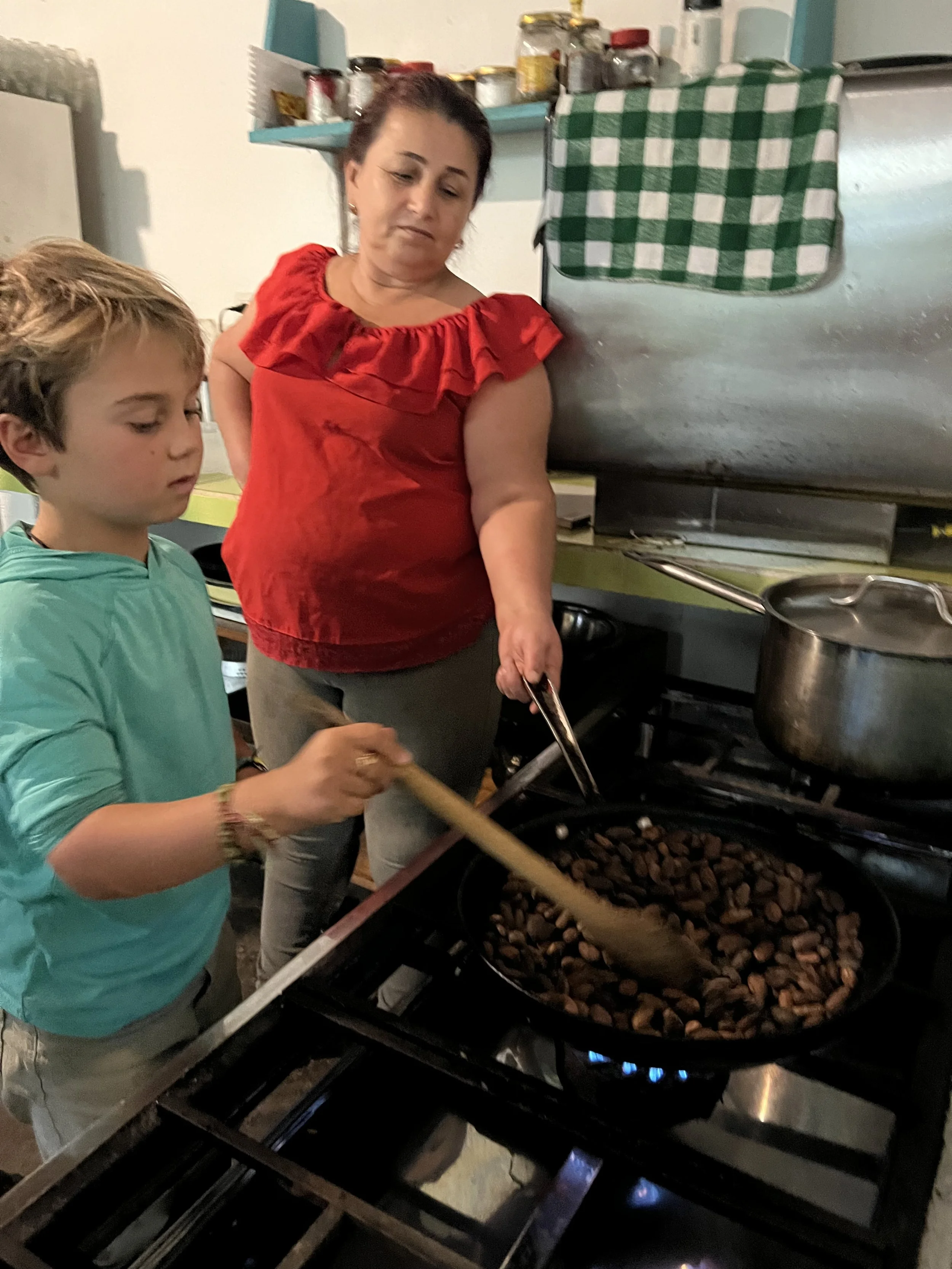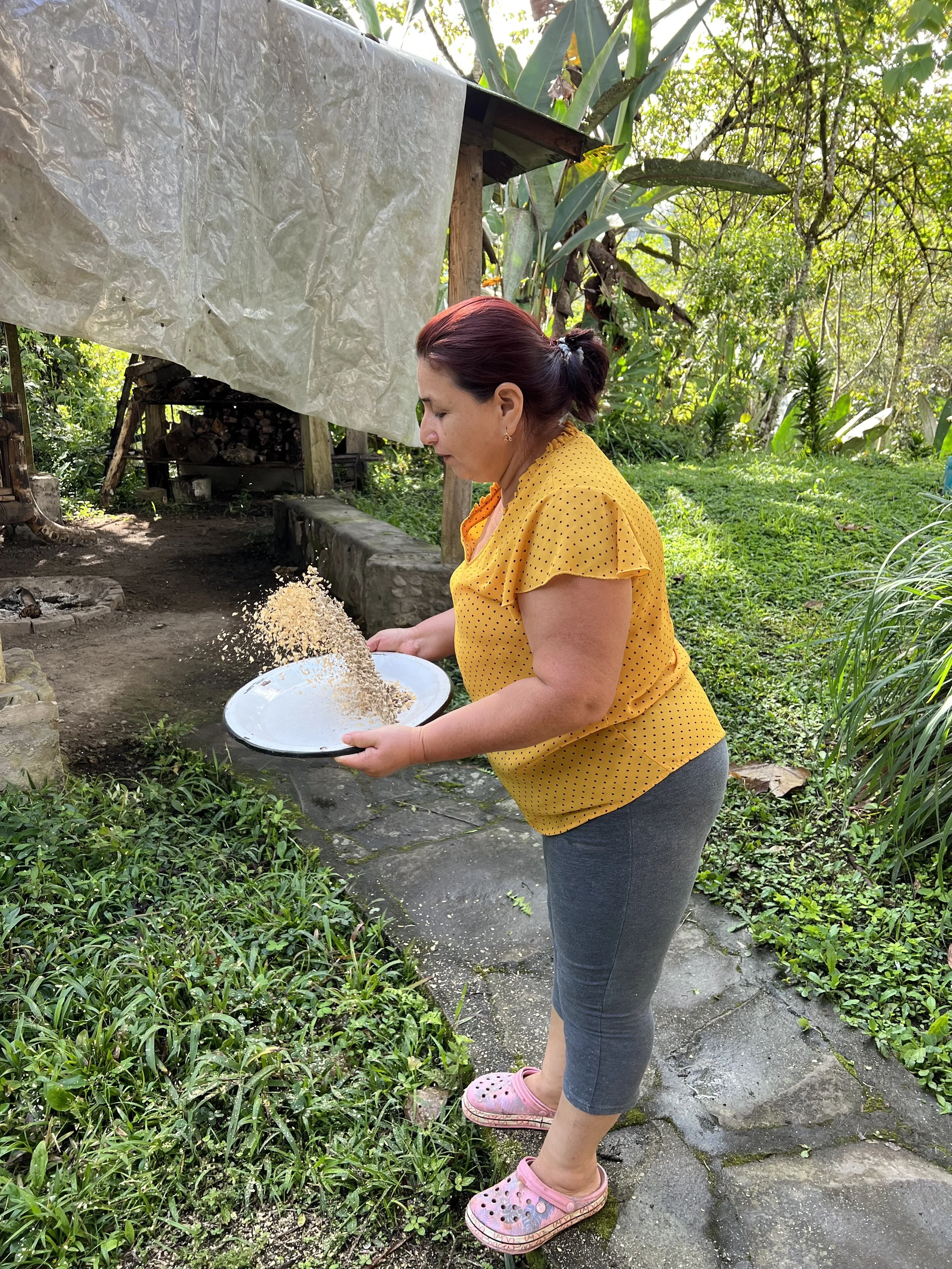Into the Cloud Forest
As much as we would have relished a day to sleep and recover from the previous two days, we had a 9 am taxi the next morning to transport us into the Cloud Forest for a 6-day volunteer program at La Hesperia, an 800-hectare nature reserve nestled into the western range of the Andes. La Hesperia is an IBA (important bird area declared by conservation international) and part of two important bioregions: The Tropical Andes and the Chocó Darien – Western Ecuador, which are within the top five of all biodiversity hotspots on earth. La Hesperia is dedicated to conservation, fighting deforestation, protecting the existing forest and biodiversity, restoring degraded areas and carrying out sustainable activities that enable them to support the reserve and to offer a better way of life for the local community. To say we were excited to drop into the work of La Hesperia for a week is an understatement and it was certainly enough to drag our weary bodies out of bed the next morning. I found La Hesperia through Working Abroad, the same program that connected us with the Ionian Dolphin Project in Greece and the mico plastics monitoring in South Africa.
These volunteer programs were incredibly important in the framework of our travels, a grounding, foundational opportunity to connect to the world in a different way, not just as a tourist passing through on another vacation, but to the place, people, culture and environment. I can honestly say that the week as Hesperia was one of the most rewarding of our trip thus far because of the very connection and education it brought to our little family of four. To say it was rustic doesn’t quite encapsulate the very raw nature of the reserve; the bunk room a long, dark walk away from the “bathrooms”, the outdoor shower that was filled with spiders and their webs, the dense mildew and mold, thriving in response to the incredibly intense rain of the wet season, that infiltrated every beam and blanket and by the end of the trip, every item of clothing in our bags. But at the same time, it was incredibly welcoming and warm, not in a literal, temperature sort of sense, but warm from the hospitality from Juan Pablo and Alexandra, the owners and directors of the reserve, from Elsa, the incredible cook who whipped up magical meals in a tiny derelict kitchen, from Charlie who managed the reforestation and the animal care and from Nancy, whose magical hands coaxed a wonderous abundance out of the gardens.
Each of our days at La Hesperia were unique but followed the same pace: we’d wake up at 6:30 for breakfast at 7, shake out our rainboots to dislodge any spiders, scorpions or centipedes, pull on our raincoats, and head into the reserve, some mornings joining Nancy in the garden for hours of weeding, harvesting and planting, learning the names, uses and tastes of each plant, all of which seemed to grow like Jack’s magic beanstalk. Other times we joined Charlie by the ranch, taking seedlings he had been cultivating in the nursery and planting them around the reserve, then splitting pieces of bamboo and building fences around each little fledgling tree to protect them from predators. Other days we hiked into the cloud forest with the other volunteers, one of whom was conducting a research thesis monitoring pumas and ocelot behaviors via game cameras set up on various human and animal made paths around the reserve. The boys loved the manual labor, wielding hoes, shovels and machetes, working until we were soaked from sweat and rain, dirty to the center of our beings, exhausted and utterly content. We would then have a Spanish lesson with Alexandra before lunch, which always ended in heaps of laughter as we played charades and drew pictures, trying to learn the basics of life on the farm and in the kitchen.
After lunch we would return to the fields to help Charlie with the animals, using our machetes to cut load after load after load of grasses and leaves, lugging them across the farm and then chopping them into smaller pieces before finally distributing them among the goats and sheep. One of the baby lambs had lost his mama and had to be bottle-fed, Huxley’s personal favorite task, three times a day. It was hard to believe how much work went into just feeding the animals each day and we were all shocked by the sheer amount of love and labor required to run a farm like this. Another day we joined Elsa in the forest to harvest cocoa pods and coffee berries(CHERRIES?), learning how to tell which were ripe and ready to pick, weaving fingers through the dense thicket of leaves and branches to pick off the little red gleaming gems. We then took each plant, cocoa and coffee, through the entire process of preparing it for consumption, using an old hand crank machine to despulpar (separate the fruit from the seed) the coffee berries and discovered that each of the cocoa beans inside the pod is coated with a sweet pulpy fruit that you can suck off before setting them in the sun to dry. Huxley took it upon himself to despulpar each one himself 😊. We toasted the cocoa and coffee beans, removed their outer layer of chaff by hand, and ground them in a beautiful old hand crank burr-grinder. Elsa taught us her favorite trick of licking her fingers, dipping in into a giant bowl of sugar, then scooping up a little bit of the freshly ground cocoa, an activity the boys gleefully joined her in again and again and again. At night we would make bonfires, tucked into a pergola hiding from the rain, and make ‘stick bread’, another Elsa invention, that involved a wonderfully sugary bread dough that you wrap around a piece of bamboo and then roast over the coals of the fire. If successful, while doing your best not to burn it while mimicing Elsa’s pro knowledge, you would coax it to a perfectly puffy, golden-brown, yeasty, squishy, bready treat. She gave us each a bowl filled with the chocolate paste we’d made earlier that day whipped with a fair bit of sugar and cream to dip our warm bread into. It was heaven, and far superior to s’mores the boys quickly agreed.
The only downside to our week in the Cloud Forest, aside from the fact that my body was having a full allergic reaction to so much mold and was covered in raw, rough, enflamed patches of very uncomfortable eczema (the clothes inside our suitcases literally started to show mold, it was that prolific) was that Will’s shin was not healing as hoped for. Not necessarily a shocker considering that 2 days after he gouged it to the bone on a muddy rock and had to be stitched back together we traveled for 45 hours straight, hauling suitcases, walking through airports and cramming into plane seats, before heading into the tropics during wet season where in one day it rained 7 inches and infections flourish. Despite the antibiotics he started to take, it was swelling and oozing at an alarming rate and we decided we needed to leave a day early and head back to Quito to find a doctor to get eyes on it. Juan Pablo and Alexandra happened to be away from the reserve with the only car for miles around, so Charlie, completely in stride, grabbed one of the horses, saddled it up with a wooden frame, and tied our 4 suitcases on top to transport them down the mile-long steep, slippery, rocky road to the edge of the reserve where we could meet our taxi. We couldn’t stop laughing with glee as we followed the sweet little horse, loaded with matching wheely Away carry-on bags out of the Cloud Forest, sad to be leaving but so utterly delighted with our exit. While Will and I were pretty excited for some dry, clean clothes and a comfy bed, it was beyond inspiring to watch the boys blossom at the reserve, to fall in love with the science and the labor, to dive deeper into the environmental impact that we humans have on this planet and the power that each of us has to make a difference. As we try to keep this trip balanced between adventure for the sake of adventure, but with an educational focus as well, ensuring that the boys (and us) return with minds expanded by what we experienced, weeks like this one at Hesperia feel even that much more important, adding grounding experiences that we will never forget and will work to seek out consistently in the future.

